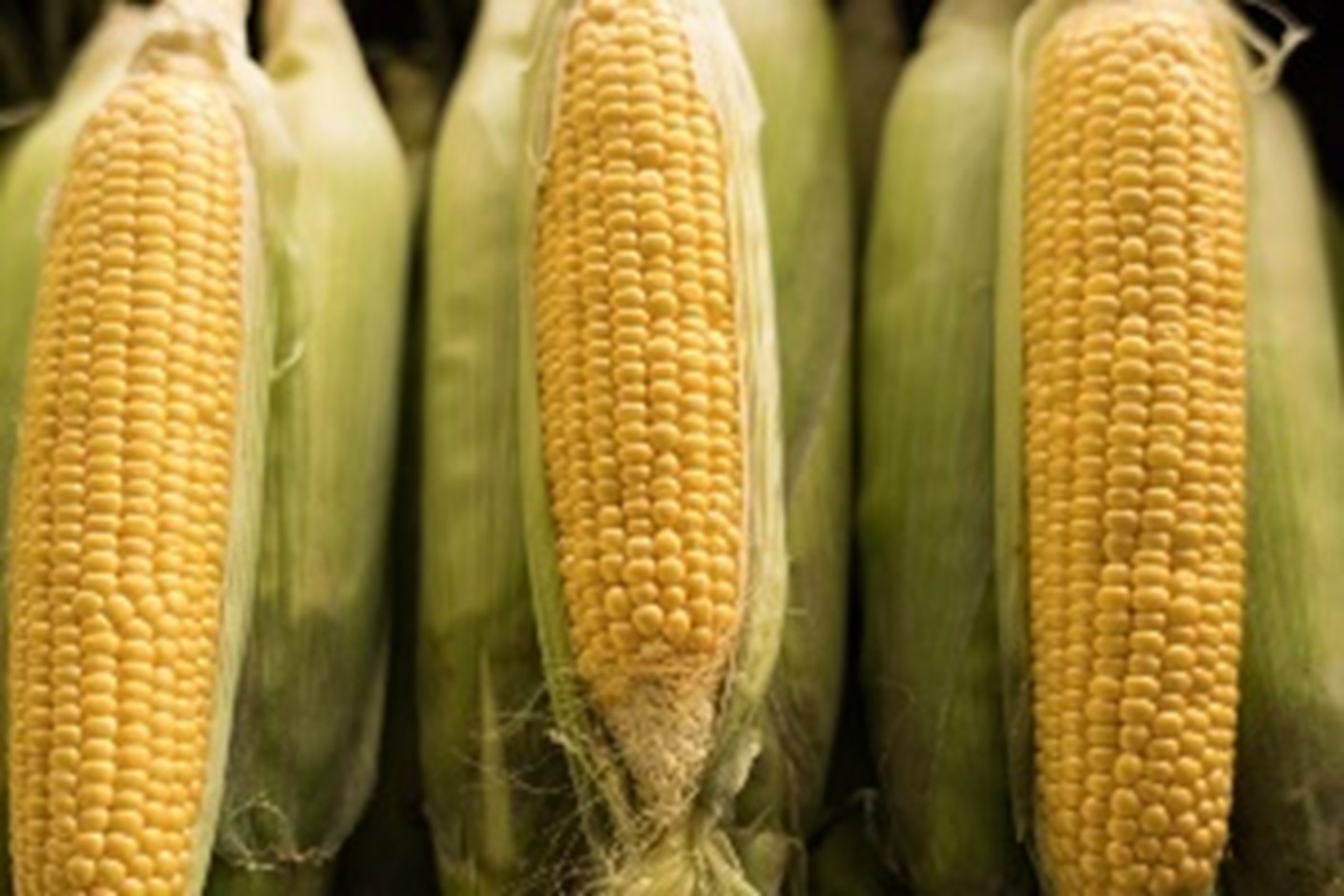Corn’s worst enemy is tinier than a single kernel

When we protect plants,
we protect lives.
#PlantHealthDay
Maize (Zea mays) is a staple food in many regions, particularly in Sub-Sahara Africa and Latin America, where it forms the basis of diets for over 1.2 billion people. It is a vital source of income for farmers and a symbol of cultural heritage.
Major pests/pathogens:
- Fall armyworm
- stem borer
- shoot fly
- corn leaf aphid
- corn leaf beetle
Economic value:
- In 2023, maize production increased, driving the overall global cereal production up by 61 million tonnes.
- Maize, along with wheat and rice, accounted for 91 percent of total cereal production.
- Top importers: China, Mexico, Japan (source).
- Top exporters: United States of America, Argentina, Ukraine.
Cultural value:
- Maize is used in food products, including cornmeal, corn syrup, cooking oil, tortillas, snacks and breakfast cereals.
- Maize flour or meal is used to make thick porridges in many cultures, such as polenta (Italy), angu (Brazil), and ugali (Africa).
- It is used as animal feed and supports livestock production by providing a crucial source of nutrients for animals.
- Maize is a primary feedstock for ethanol production.
Fun facts:
- Maize, the American Indian word for corn, literally means "that which sustains life".
- Corn grows on every continent except Antarctica.
- Corn cobs always have an even number of rows.
Why does protecting plants and crops matter?
Plant pests destroy up to 40 percent of global crops annually. Protecting plants can help:
- Achieve a zero-hunger world
- Reduce poverty and inequality
- Protect biodiversity
- Support livelihoods of rural farmers
- Sustain economies around the world

